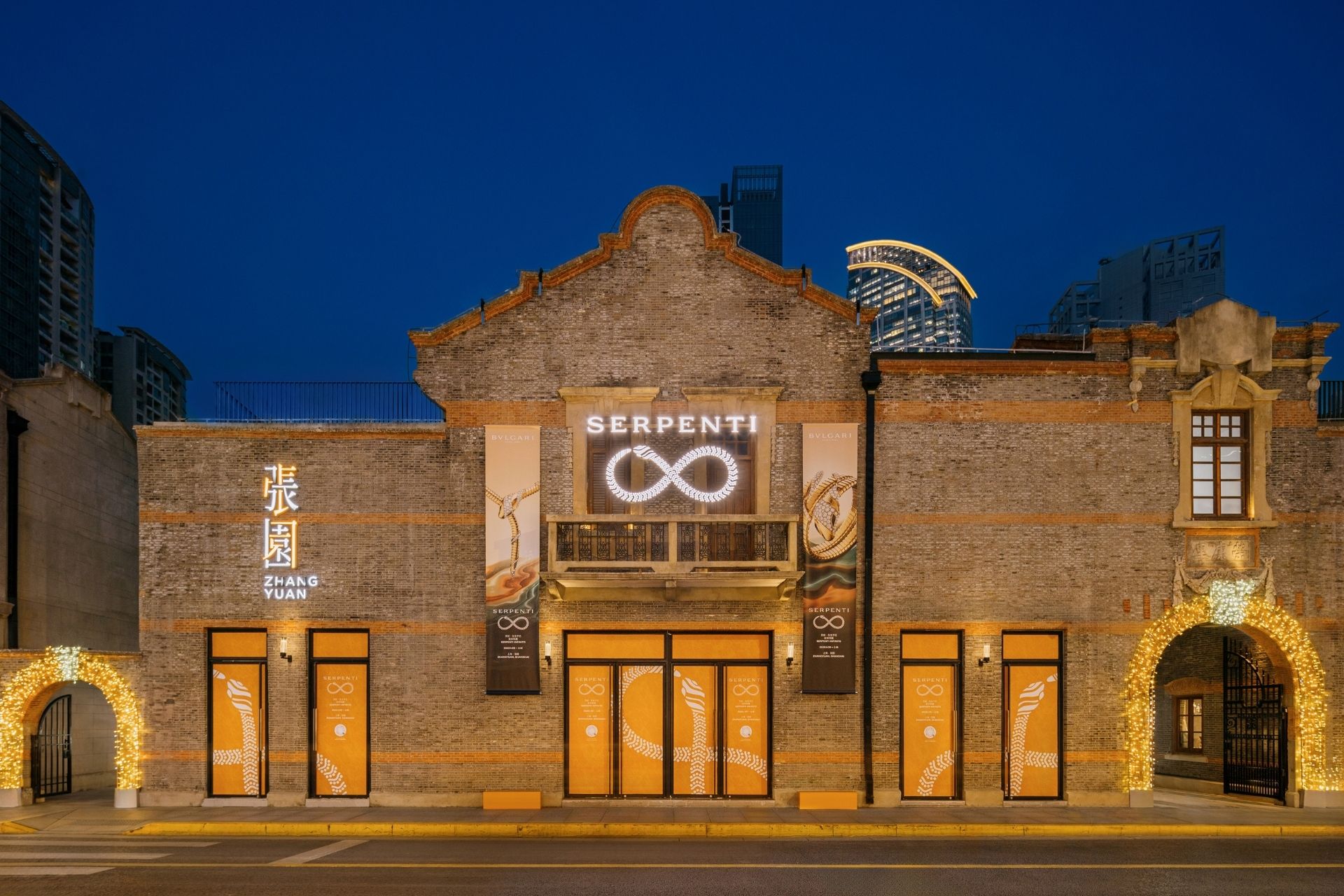Marketers are keen to engage Chinese consumers using social tools, yet many remain uncertain how to employ platforms like Sina Weibo and Tencent’s WeChat effectively

Marketers are keen to engage Chinese consumers using social tools, yet many remain uncertain how to employ platforms like Sina Weibo and Tencent’s WeChat effectively
Sharpening Your Social Media Strategy
Marketers are keen to engage Chinese consumers using social tools, yet many remain uncertain how to employ platforms like Sina Weibo and Tencent’s WeChat effectively.
This week on Thoughtful China, guest host Nancy Lan, head of ZenithOptimedia’s Newcast division in China, talks with Forrester Research analyst Wang Xiaofeng, CIC’s Tina Hu, Mailman’s Alison Au, and Bleum Commerce’s Angie Au-Yeung about what marketers can do to improve their social media tactics in China.
According to Forrester Research analyst Wang Xiaofeng, Chinese marketers are generally making three major mistakes when it comes to optimising the impact of social media in China. “The first is regarding when they want to deploy their social marketing in China,” explains Xiaofeng.
“Brands tend to simply decide it is the right time to exist on SinaWeibo or WeChat, but that isn’t necessarily the right way to approach the situation. We believe in a POST motto. So first brands should look at People – what is the target audience they want to reach. Platforms like SinaWeibo may be the most effective way to reach consumers in Tier 1 cities, but what about the rest of China?
“ SinaWeibo may be the most effective way to reach consumers in Tier 1 cities, but what about the rest of China? ”
“Then they should look at Objectives – what is the purpose of the communications? What are the desired outcomes? Are brands looking to tell their story or launch a sales campaign? Will they use social media to build awareness or to drive eCommerce?
“Then brands should formulate a Strategy, looking at whether or not they should use a video strategy or a mobile focused strategy, as this variation will speak to different consumers.
And finally, Technology, which is where many marketers start, with execution. But realistically they should look at their target, their objectives and their strategy before they go on to decide which technology or platform is most appropriate."
“ Are you using social as a product development tool, or as a platform for customer service? ”
“While China is a very different market, one common mistake brands make across the globe is jumping into the game without a strategy,” echoes Nancy Lan, head of ZenithOptimedia’s Newcast division in China. Lan suggests the following steps to formulating a social strategy.
“Understand what you want to achieve with your social program and how it aligns with your business objectives. Whether it is telling your brand story over time, or using social as a product development tool, or as a platform for customer service. It is crucial to understand the end goal before you start.”
“Another crucial step is to listen before you speak. Understand what your consumers are saying about your product, your competitors and the category in general. Thirdly, brands need to understand what type of content consumers value. Whether it is educational, entertainment, utility or promotional value.”
“ Which day of the week content will be published? At which time of day? ”
Listening plays a big role in successful social strategy explains Lan, as does Search analysis to understand what consumers are looking for within your category. From here brands can begin to develop an execution strategy, and should ask; what personality should we create on social? What content will we deliver throughout the year?
All this feeds into a content calendar that should be used to guide the marketing team. Which should again be refined as to publishing frequency; which day of the week content will be published? At which time of day? All these decisions should be based on data that is accessible through social monitoring tools.
We invite you to discover the full episode of Thoughtful China, to look at the types of content driving the strongest engagement across Chinese social platforms, the use of rewards and promotions to energise social fan bases and how advertisers can match brand values with celebrities to engage fans online.
To further investigate digital marketing in China on Luxury Society, we invite your to explore the related materials as follows:
– The CRM & Mobile Marketing Revolution Begins in China
– China’s Answer to Social Networking
– China: The World’s Next E-Commerce Superpower









